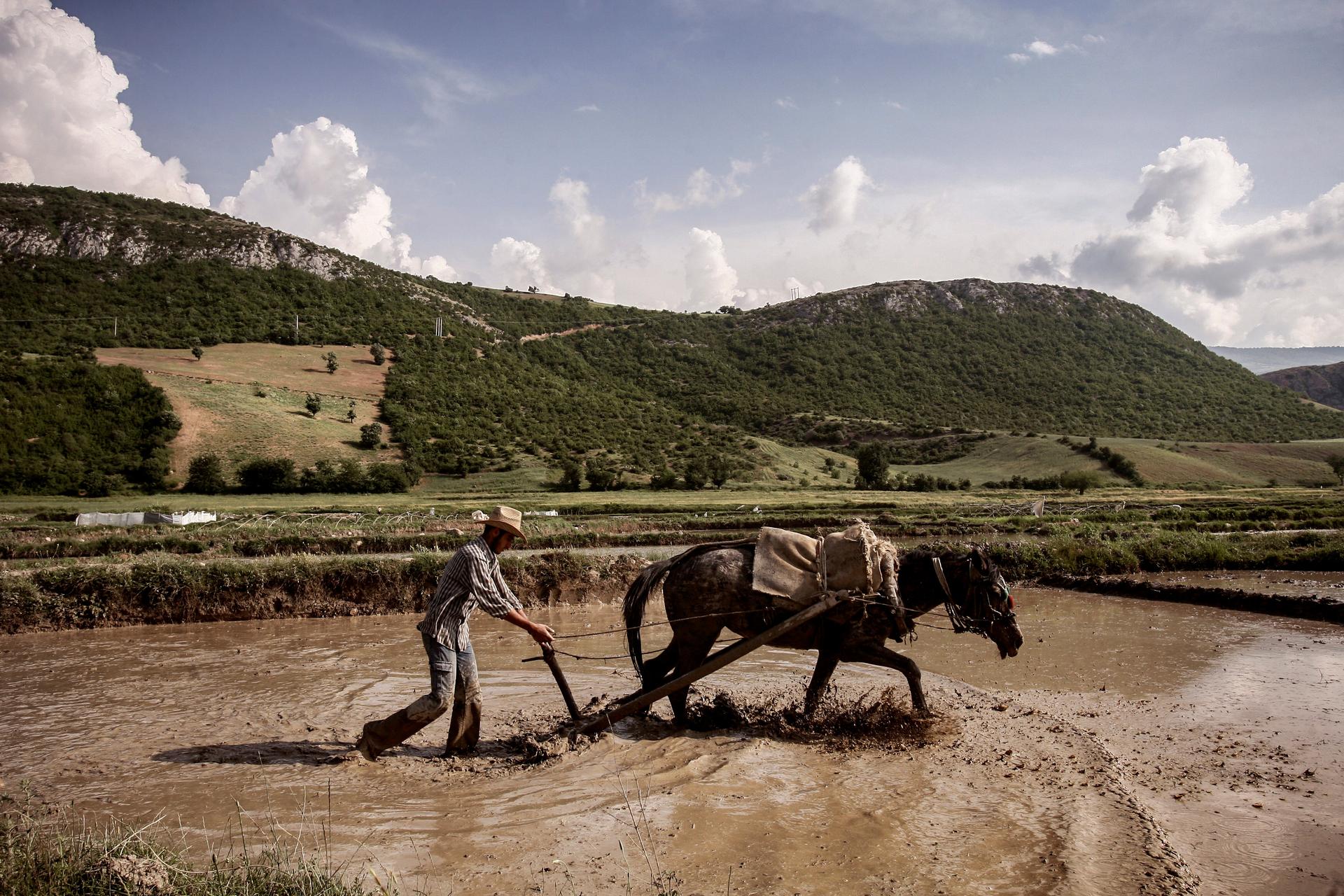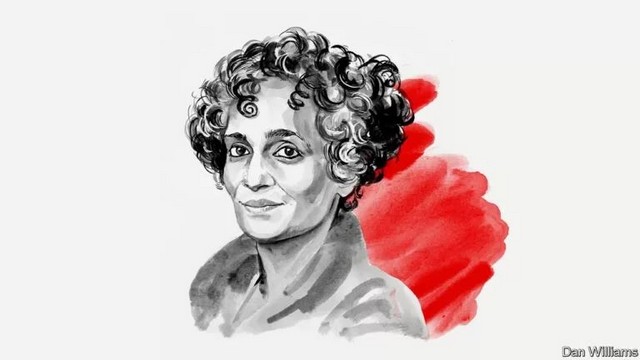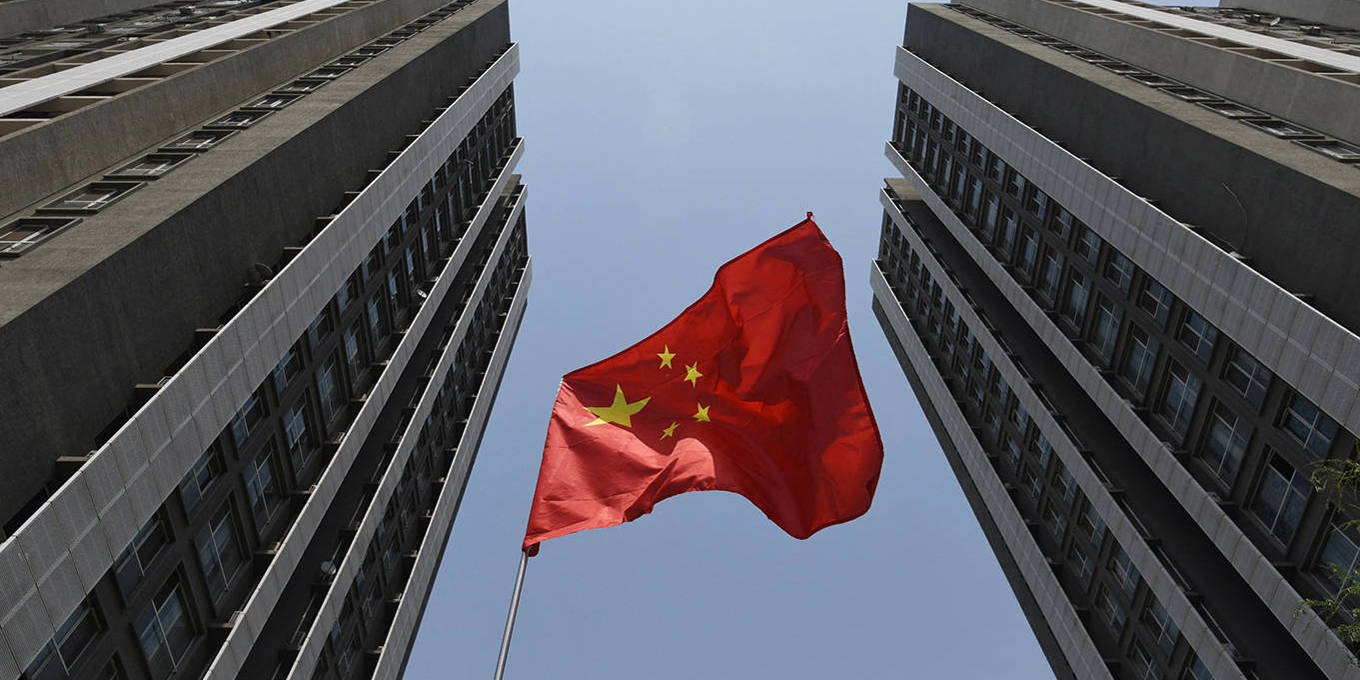by JINOY JOSE P.
Dear reader,
This was in 1993. It was a blistering midsummer afternoon. I remember two chettans (big brothers in Malayalam) arriving at our house, drenched in sweat, gasping for breath, stumbling into the living room where my father, the tailor, worked. One of them had an especially long earlobe.
They asked him two things. First, the mundane: “Can you stitch wicket gloves?”—the kind the wicket-keeper uses to catch a fast-moving cricket ball without injuring the fingers. They claimed no ordinary tailor could do it, so they had come to “Josettan.” My father, flattered by their “soaping” and intrigued by a technical challenge, nodded. “Doable. Now next?”
The second request was more loaded. “We want you to stitch us the RSS uniform,” one of them said. “We go to the shakha, but they won’t give us the uniform. We love it. How much would a new one cost? If that’s difficult, could you alter old ones from some shakha elders?” My father paused. He asked them a few questions, they answered. Then he exhaled, shook his head, and finally said what I still remember: “Spare me, please. I won’t have enough manasamadhanam (peace of mind) if I do this. They just broke that mosque in Ayodhya, and …” He trailed off.
After they left, my father, who always voted for the Left and voted for Congress in the general election the previous year because he was “sad” that Rajiv Gandhi, “a good man”, was assassinated, turned to me and said, “Avoid that company, okay? I don’t know who’s right or wrong, but this is not something for you.” I carried that moment with me.
This slice of memory popped into my mind a few days ago, not ONLY because Frontline was putting together a superb issue on the RSS centenary, but also because I had just interviewed Madhav Agasti, the Mumbai-based tailor. For the uninitiated, Agasti is, most recently, the author of the memoir Stitching Stardom; he once tailored the iconic outfit of Mogambo in the 1987 cult film Mr. India. Our conversation wandered across many things, but it pulled me back to how fabric and clothing accrue meaning, how clothing functions in society, culture, politics, polity. And that took me back to the RSS.
Uniforms like the khaki shorts and white shirt of the RSS, especially after 1992, carry weight beyond their seams. We now know that the RSS originally modelled its uniform on the khaki attire of the British colonial police and the Indian Imperial Police. When K. B. Hedgewar founded the Sangh in 1925, he adopted khaki shorts, a khaki shirt, and a black cap to instil discipline, unity, and a martial aura among volunteers. Khaki was cheap, available, and practical for daily drills. In my own experience, the first time clothing carried such a blunt political message was in those RSS uniforms—and it is from that memory that I turn to Mark Twain’s observation.
Mark Twain once said that “clothes make the man. Naked people have little or no influence on society.” But history shows something deeper or more sinister: garments make movements, nations, revolutions. Wearing a uniform transforms a person into a symbol. That transformation is deliberate.
Frontline for more








